Getting a head start on your gardening in the winter can be a little tough, but in some USDA zones it's very possible! Depending on your local climate, you may be able to start seeds indoors or direct sow outdoors so that you can get the most out of your growing season. Thinking about what to plant in January? Check out the USDA zones guide below to see if you can plant in January, and if so, WHAT you can plant!
What to Plant in January
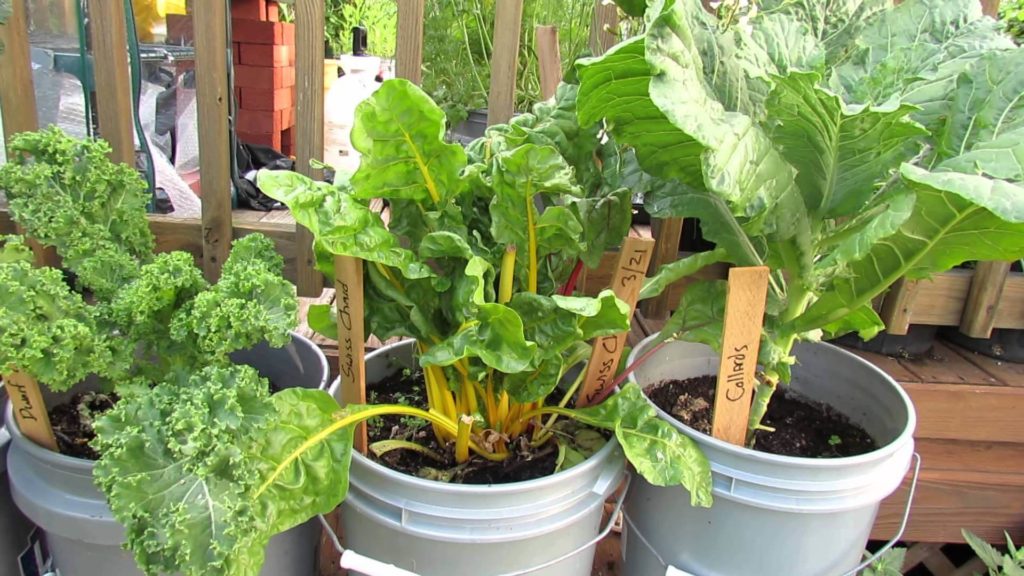
USDA Zones 1-5:
For those in these zones, think about starting seeds indoors. Microgreens are a good idea as well as arugula, beets, greens, mizuna, and pea shoots. These grow quickly, don't need too much care, and can be easily grown indoors until all danger of frost has passed and can be transplanted outdoors.
USDA Zones 6:
For this zone, it's a good idea to start seeds indoors for slow growing veggies such as celery, parsley, onions, and leeks. The seeds of these veggies can take several weeks to germinate, so now is a good time to start them!
USDA Zone 7:
Start seeds indoors of celery, parsley, leeks, and onions. Towards the end of the month, you can start broccoli, cabbage, kale, and lettuce indoors and then transplant them outdoors once the weather warms.
USDA Zone 8:
Just like USDA zones 6&7, you can start sowing seeds indoors for celery, parsley, leeks, and onions. Towards the end of the month, you can also start peppers indoors. Cool season crops such as broccoli, cabbage, cauliflower, and kale can be started indoors and transplanted outdoors after 8-10 weeks.
USDA Zones 9-10
Start seeds indoors of eggplant, kale, lettuce, melon, peppers, squash, tomatoes, and basil. Once the weather starts to warm up, you can transplant them outdoors. Outdoors, you can transplant seedlings of broccoli, cauliflower, cabbage, chard, and Asian greens. You can also direct sow arugula, cabbage, carrots, kale, lettuce, onions, peas, radishes, spinach, and turnips.
So now that you know what to plant in January, it's time to roll up your sleeves and get to work!
Happy Planting!


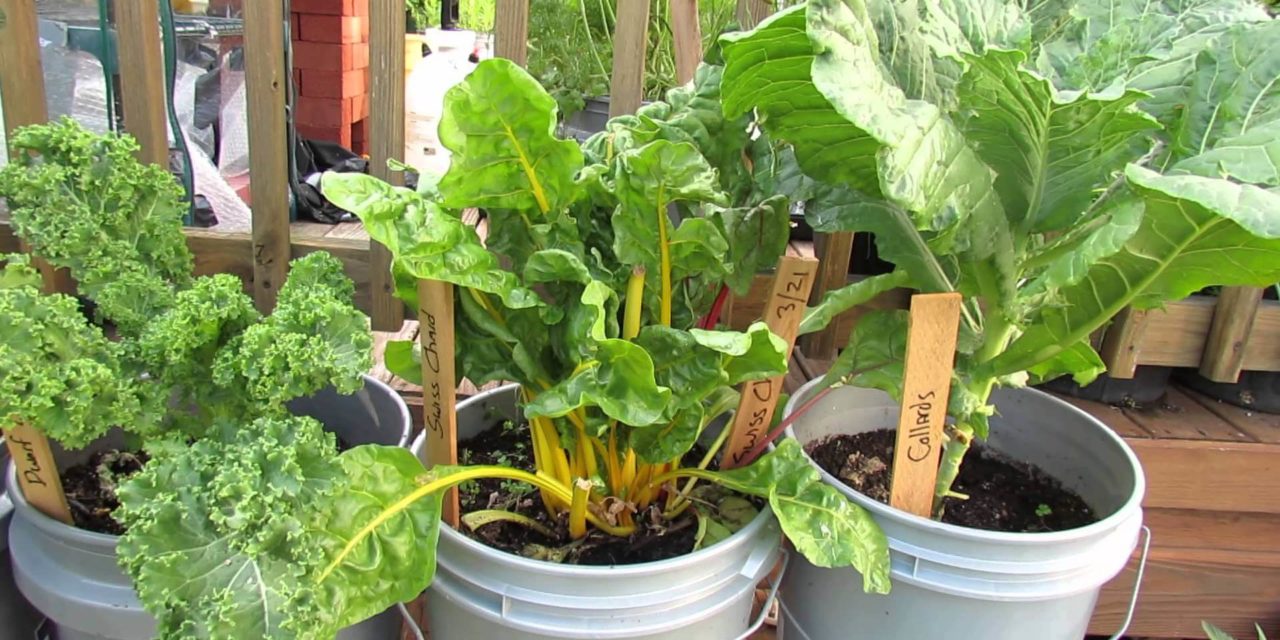
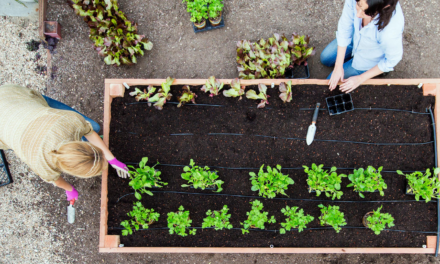
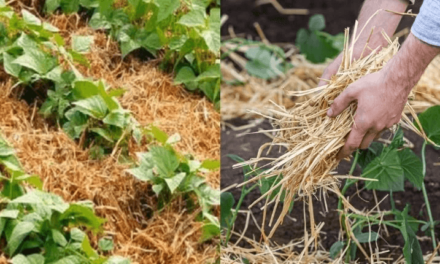
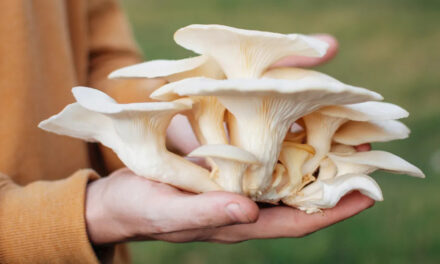















Where’s the Zone Map? I’m in North Carolina.
Hi Patti!
Depending on which county you live in, North Carolina ranges from USDA zone 6 to 8.